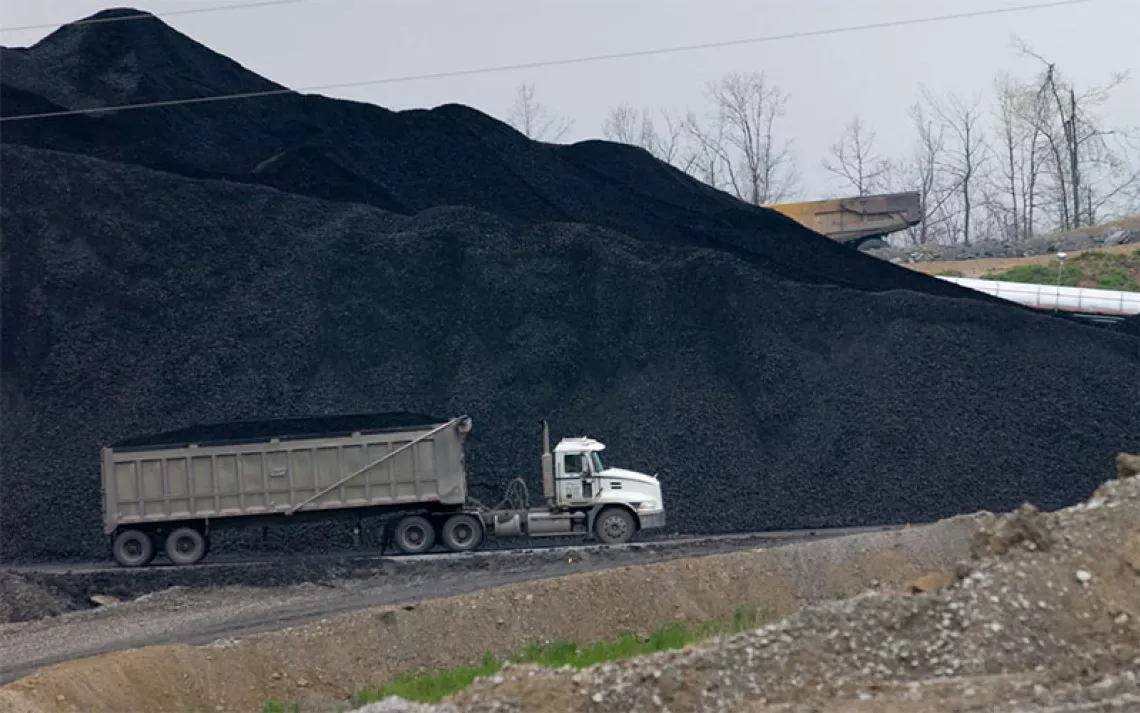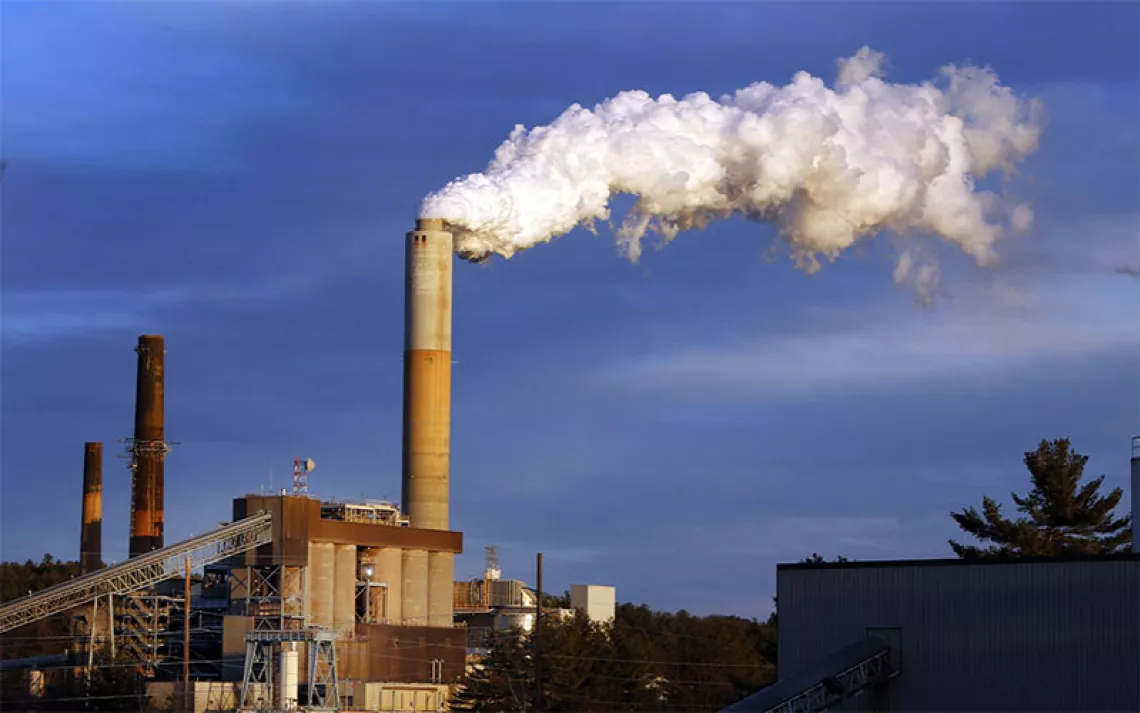Coal in Your Stocking?

First, the shiny ornaments: coal use in Europe and the United States continues to decline, according to a report released last week by the 29-member-nation International Energy Agency, based in Paris. By 2019, in fact, U.S. coal use is expected to be at its lowest since 1983.
Now for the coal in your stocking: The agency expects global coal consumption to continue to grow, reaching 9 billion metric tons by 2019. (It hit 7.7 billion in 2012.) China, which will by then be responsible for three-fifths of the world’s coal use, will see a plateau, but not a peak, in coal use in the next five years.
Overall, the IEA says, global coal demand over the next five years will rise by 2.1 percent, compared to 3.3 percent between 2010 and 2013. Increasing coal use in India and other Asian countries will ensure that Asia remains the “coal continent.” "New plants are being built, in an arc running from South Africa to Southeast Asia, but too many of these are based on decades-old technology," said IEA Executive Director Maria van der Hoeven. "Regrettably, they will be burning coal inefficiently for many years to come."
Fortunately for anyone concerned with the environmental impact of global coal consumption, even the IEA recognizes that its forecasts face “considerable uncertainties, especially regarding the prospect of new policies affecting coal.” China, for one, is taking strong action to diversify its energy mix and increase energy efficiency. The IEA, which was formed after the oil crisis of 1973 to stabilize oil supplies, is known for its conservatism, especially when it comes to forecasts of renewable-energy use. Notes Lauri Myllyvirta, a senior global coal campaigner with Greenpeace: “In its annual World Energy Outlook (WEO) the IEA has now adjusted its central forecast for China’s coal use downwards twice; driven by significant growth in renewable energy installation targets, the rapid acceleration of gas imports and a materially lower assumption for China’s gross domestic product growth. The latest edition (from November) anticipates 1.3 percent annual growth from 2012 to 2020 but even this scenario does not achieve a CO2 peak by 2030, a target that China recently committed to – so it will probably need to be adjusted again.”
 The Magazine of The Sierra Club
The Magazine of The Sierra Club



